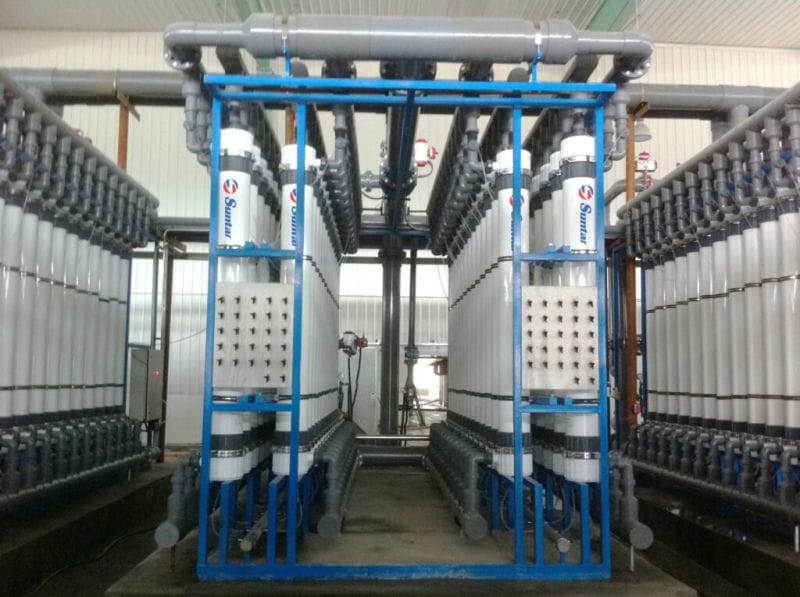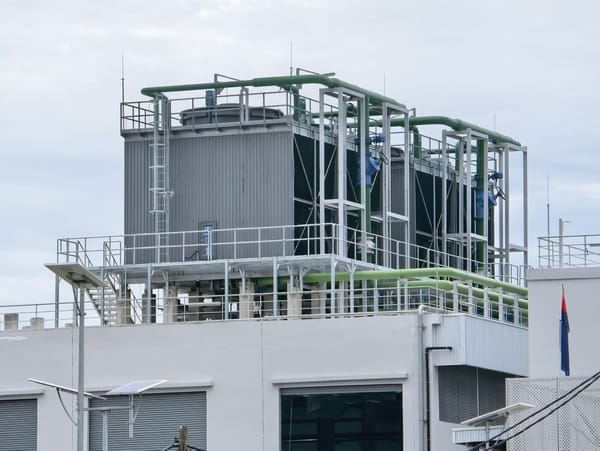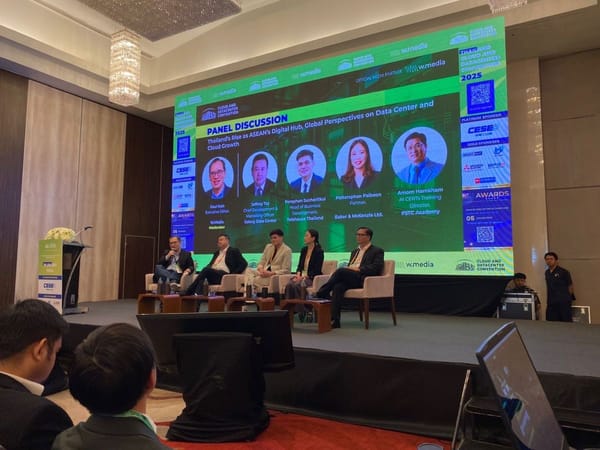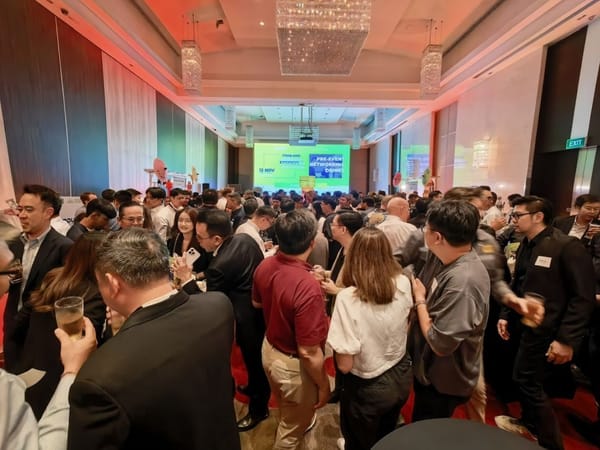Malaysia's data centres turn to wastewater as water runs dry
Data centre operators embrace Singapore's proven wastewater treatment technology.

Data centres in Malaysia are turning to wastewater treatment to squeeze out more water, using a mature technology deployed in Singapore since 2003. It's a pragmatic response to a problem that was entirely predictable, yet somehow still caught the industry off guard.
Water troubles
Data centre operators in Malaysia are facing tighter regulations and higher water tariffs. As a result, the largest are turning to wastewater treatment. As I noted after visiting a new data centre in Sedenak Tech Park in May, an inability to secure enough water saw designers turning to dry coolers for subsequent phases.
What's causing the strain on existing treated water supply? An explosion of data centres in Johor. The numbers tell the story. In 2021, there was just one operational data centre of 10MW - Keppel's facility. Today, there are dozens with a planned capacity of a staggering 5.7GW. That's an incredible increase in just three years.
Last month, the first water reclamation projects went live. More are probably in the works, but the first data centre operators are Computility Technology (ZData), Bridge Data Centres, and DayOne Data Centre. AirTrunk had also earlier announced its plans to recycle wastewater for its current 150MW JHB1 and upcoming 270MW JHB2 data centres.
The technology isn't new. Singapore has been doing this since 2003 with NEWater. What's interesting is how quickly Malaysian operators have embraced it once conventional water sources became constrained.
Reverse osmosis
According to a Straits Times report, these water reclamation plants use reverse osmosis, with membranes from Singapore-headquartered Suntar. Reverse osmosis purifies water by squeezing it through special membranes.
NEWater, widely used by data centres in Singapore, uses reverse osmosis too. I did some digging, and the process looks like this: ultrafiltration to remove suspended solids and bacteria, two passes of reverse osmosis to remove remaining contaminants, and ultraviolet disinfectant to inactivate remaining organisms.
As Malaysia doesn't currently have a national standard, the onus is on individual operators. The Straits Times noted that Bridge DC's plant at Ulu Tiram uses three reverse osmosis passes - one more than Singapore's standard.
Out of wastewater
There is only so much effluent for water reclamation, though. With massive data centres clustered around key areas, this means effluent can run out, too.
What now? One possibility is for data centre operators to build their own water treatment plants, which are cheaper to operate - this is what Google is doing at Port Dickson. There are several barriers: more infrastructure works including catchment areas, non-trivial cost of long-distance pipelines, and much slower time to market.
Which might explain why everyone's rushing to build wastewater treatment plants while they still can.




